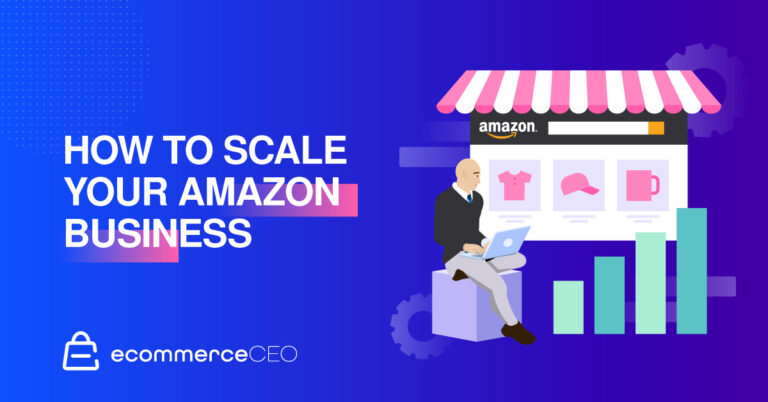
- Posted on
- • June 10, 2020

Ecommerce is changing rapidly—more people are buying and more people are selling than ever before. Your website’s ability to engage customers, convert sales, and maximize purchase value can make or break your success as an online merchant. Even if your website is bringing in sales, it’s important to make sure you’re doing everything you can to stay competitive, serve your customers, and position your business for long-term success.
To ensure that your website can keep up with the rapidly-evolving ecommerce market, start by evaluating your website for usability, effectiveness, and overall performance. This can help you uncover potential weak spots and discover ways to drive sales and stay competitive.
Read on to learn what a website assessment can show you about the viability of your online store or click here to start your ecommerce site evaluation.
1. Audit Your Site Performance
The first step to any assessment starts with analyzing the technical performance of your online store. A successful ecommerce website consistently generates traffic and sales. Website metrics measure how well your store is doing and provide a snapshot of its selling potential.
While choosing which data to measure will depend on your specific business needs, metrics like your site traffic quantity, order frequency, conversion rate, bounce rate, and customer lifetime value can reveal how effectively your site garners quality traffic, retains visitors, moves them through the purchase journey, and keeps them coming back. You can then use these insights to improve your website’s overall effectiveness and efficiency.
2. Critique Your Product Merchandising
Product merchandising is the practice of displaying products with the goal of increasing sales. Merchandising plays an instrumental role in attracting attention and driving action, making it an essential component to analyze during a website assessment.
Effective ecommerce merchandising means shoppers are able to browse and explore your products with the same or greater level of engagement they would enjoy in a physical store. Focus on product descriptions, copy, and imagery and make sure your most profitable products are displayed in key areas like your homepage and special collection pages. Features like interactive product visualizers, product videos, and personalized recommendations are a few strategies you can leverage to help your customers find exactly what they need.

3. Test the Shopping Experience
First impressions can be everything in ecommerce. A website’s user experience (UX) impacts its online appeal—it can be the difference between a shopper staying on your site and them bouncing to a competitor. Great ecommerce UX not only persuades visitors to perform desired actions on your site but goes a long way toward retaining them.
When conducting a UX assessment, evaluate your site’s usability and content. The design, speed, structure, search functionality, and navigation should be carefully coordinated to help visitors find what they’re looking for, while your content (product videos, company blog, industry resources) should be tailored to answer customer questions, meet needs, and capture their interests.
4. Optimize Your Checkout Process
The effectiveness and efficiency of your checkout process is another important indicator of your site’s selling potential. A smooth, secure, and efficient checkout keeps shoppers within the sales funnel, drives the sale, and boosts order value. On the other hand, a clunky checkout could cause customers to abandon their cart, potentially souring their perception of your brand and ruling your site out of future consideration.
Most shoppers respond well to a focused, transparent, and secure checkout process. However, you should look beyond the aesthetics of your checkout and examine its payment flexibility, form fields, path to purchase, and upselling functionalities. Optimizing your checkout captures more opportunities for revenue and ensures your site is at maximum profitability.
5. Fine-Tune the Inner Workings
Your ecommerce store’s “behind-the-scenes”capabilities are just as important as its front-facing functionalities. A capable back-end runs like a well-oiled machine, allowing you to run your website, streamline your operations, and make changes on the fly.
A few indicators of a solid website back-end include the integrations between your systems, the availability of support, the level of customization you can exercise on your site, and the ability to bring ideas and features online without being bogged down by long development cycles. An important question to consider is this: does your back-end enable you to sell the way you want to sell?
How to Evaluate Your Website Performance
A successful ecommerce site comes down to two things: your ability to optimize your site and your willingness to innovate it. A complete website evaluation enables you to dive deep into your site and discover new ways to acquire quality traffic, maximize your selling potential, manage your site, and better reach relevant customers.
Now that you are familiar with the types of opportunities an assessment can uncover, it’s time to put your online store to the test. Use our assessment tool to self-evaluate your site on these key components, obtain results on the effectiveness of your website, and get recommendations for improving your ecommerce business.



![How Can Retailers and Brands Build Better Relationships? [Download] | Salsify](https://thegateway.net.au/wp-content/uploads/2022/08/how-can-retailers-and-brands-build-better-relationships-download-salsify-768x384.png)



